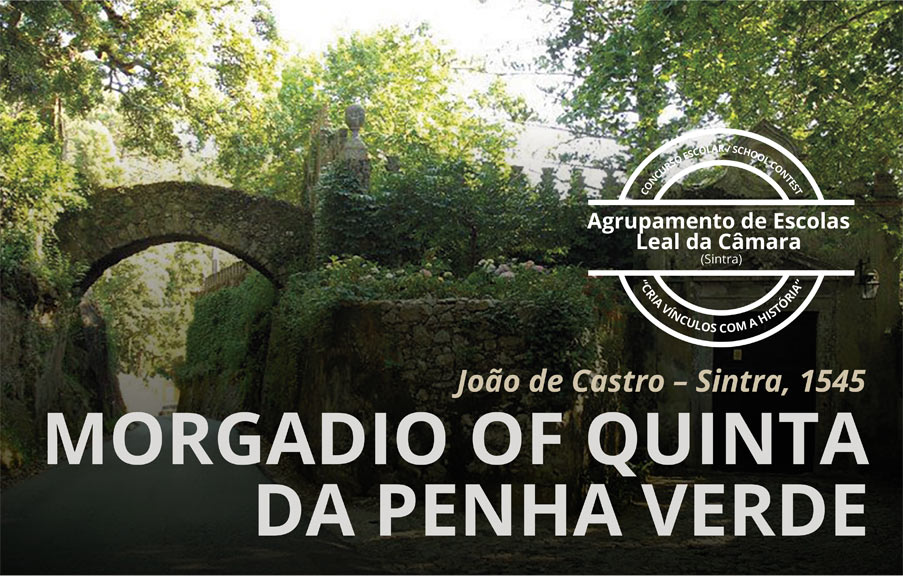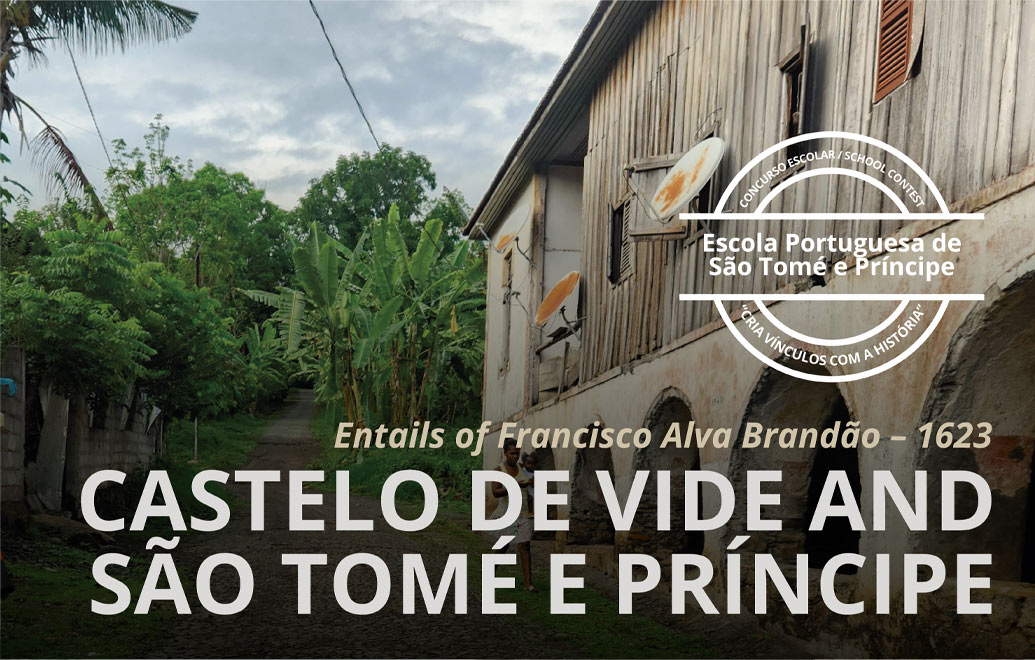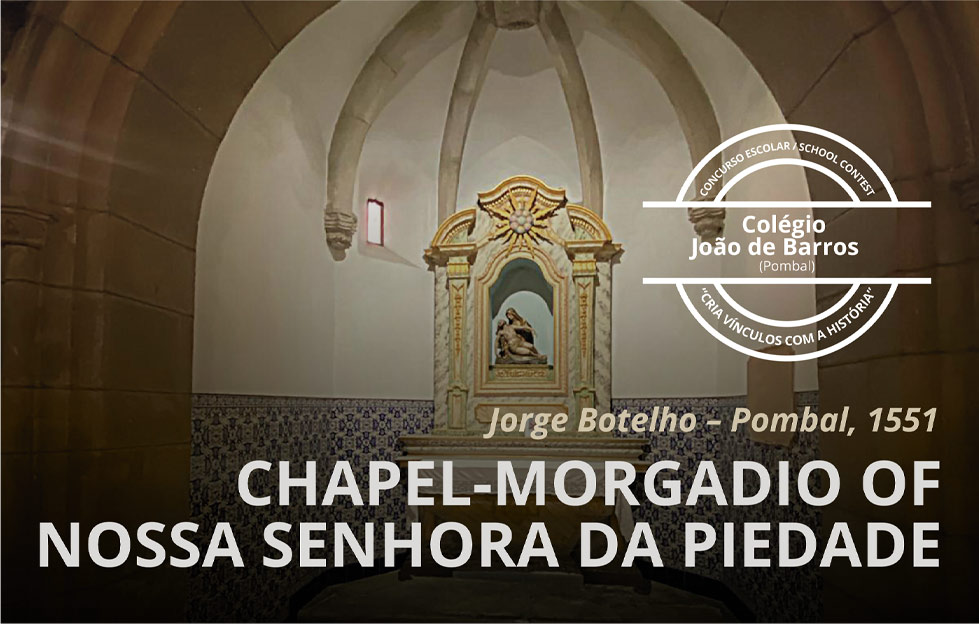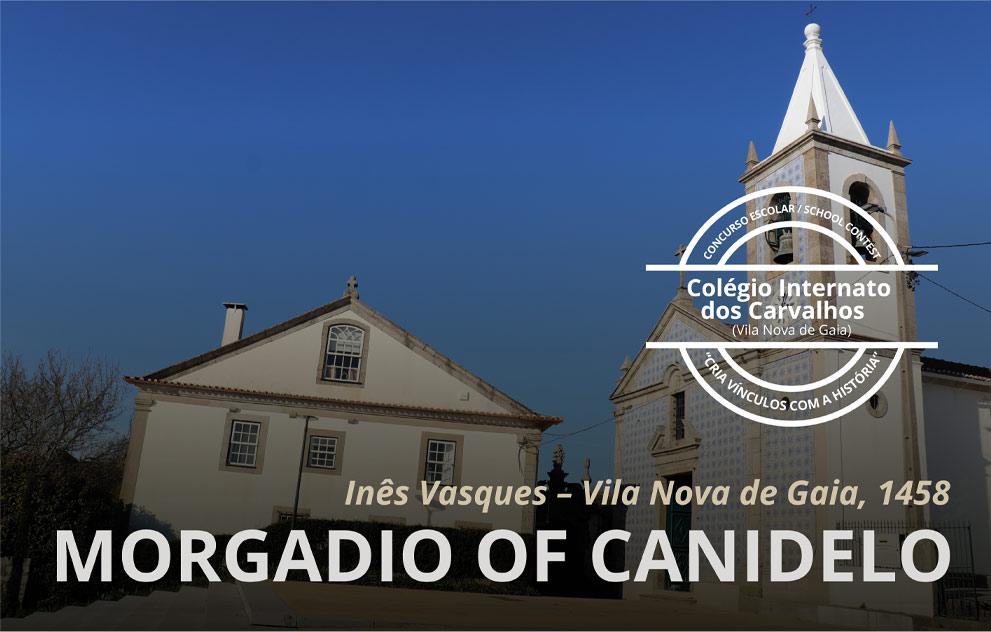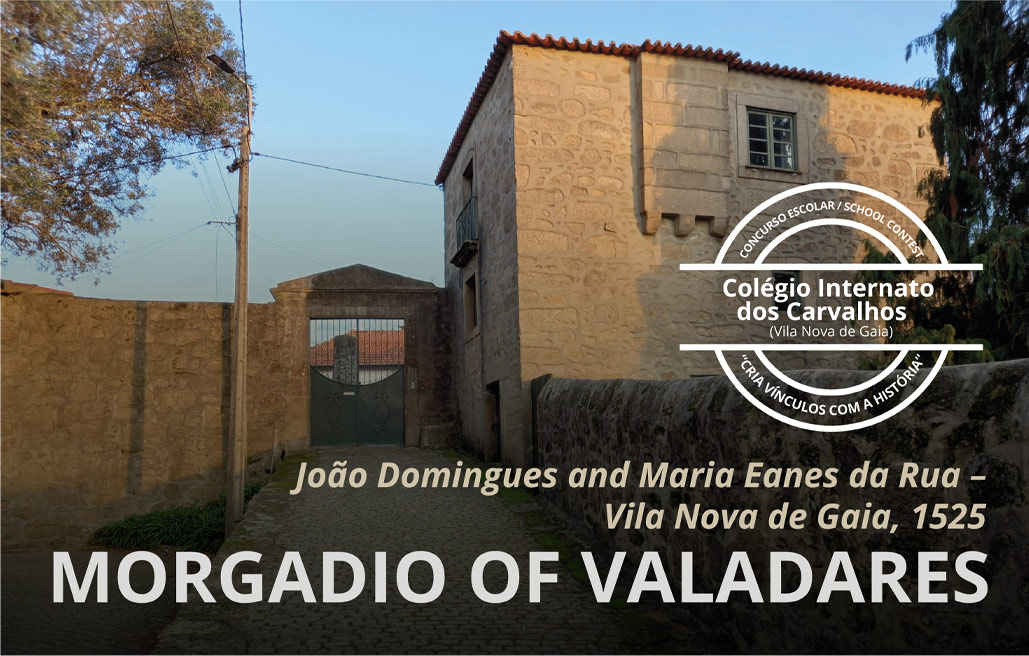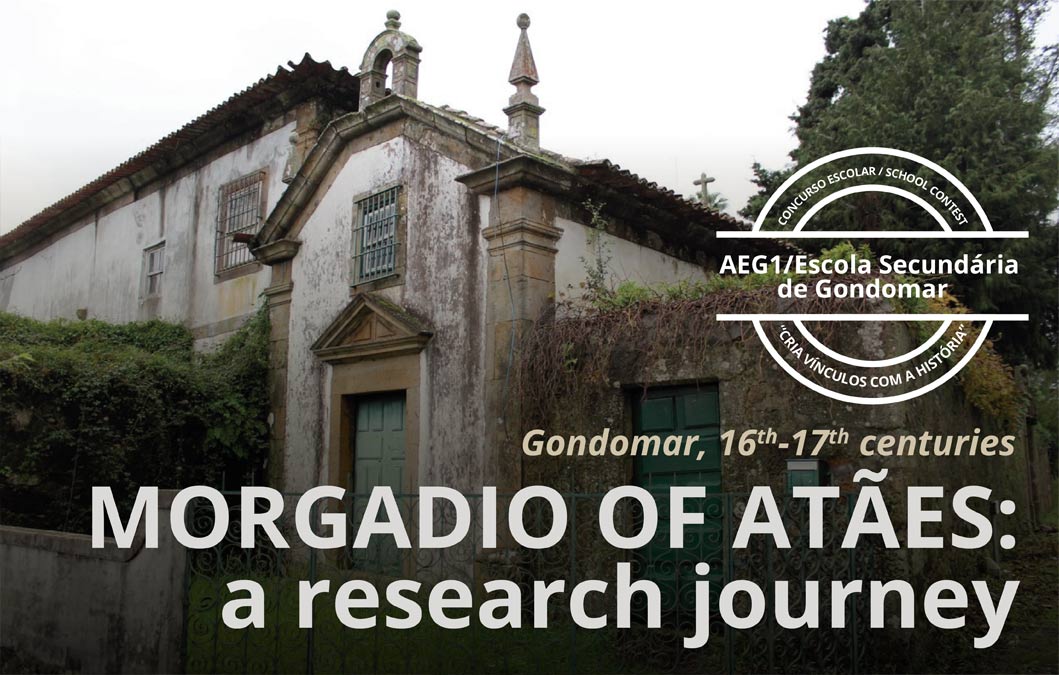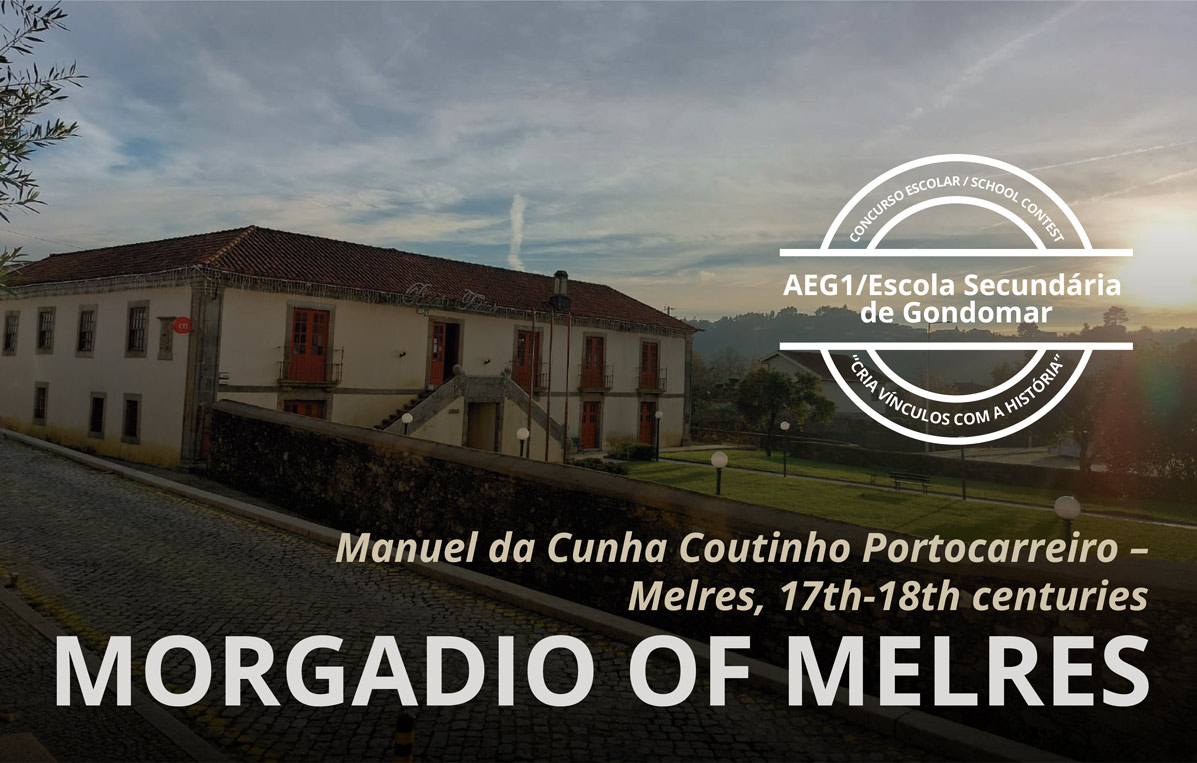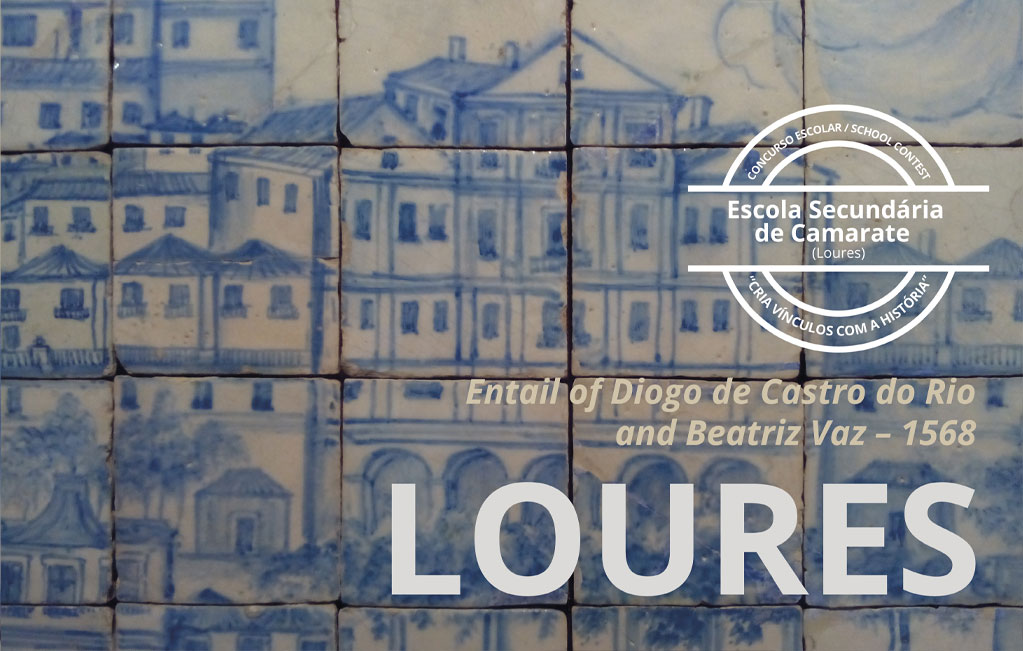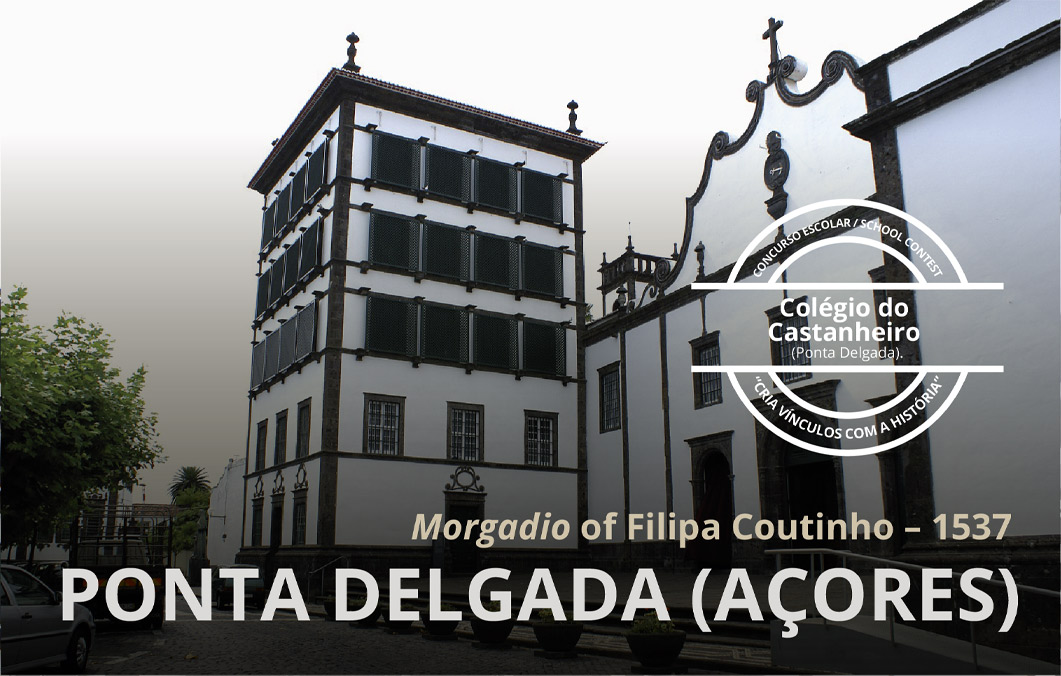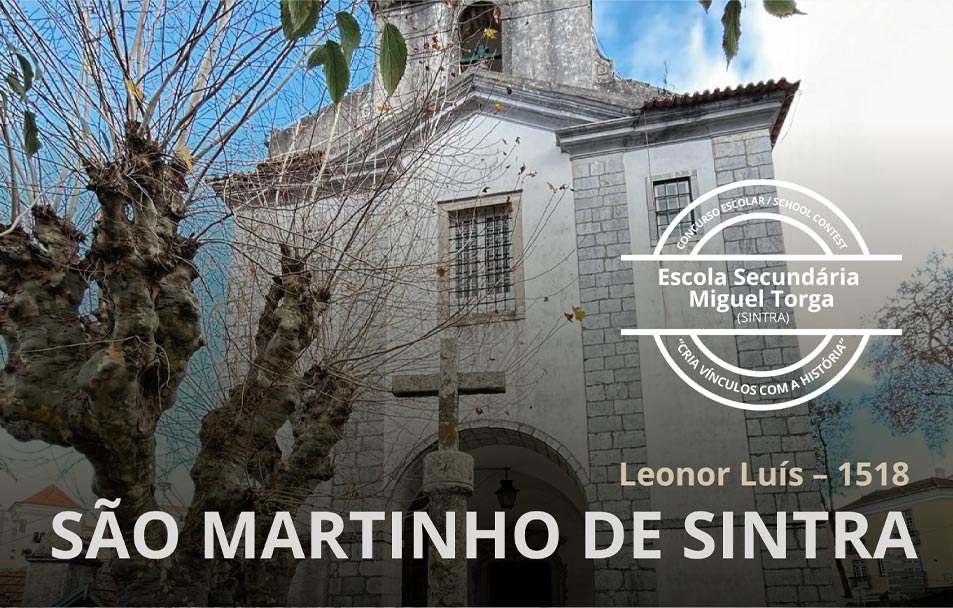Entail of the month (September, 2022)
Morgadio of Santa Bárbara
Francisco Pereira do Lago e Andreza de Araújo, Salvador (BA), Brazil, 1641
Residents of the city of Salvador, Captain Francisco Pereira do Lago and his wife Andreza de Araújo instituted, in a joint will dated 1641, a morgadio and chapel in honour of Santa Bárbara, perpetuating her cult there.
In the Bahian recôncavo, where it is assumed that the founder settled in the early decades of the seventeenth century, the career of Francisco Pereira do Lago was notable for his service in arms, standing out in the war against the Dutch, where he took part in the resistance to the invasion in 1624 and in coastal defence, arming a company of Spanish infantry at his own expense to defend the Fort of São Bartolomeu of Itapagipe, in 1639 (COSTA, 1946, p. 11). It was in Salvador that, together with his wife, he determined to build his burial place in a chapel next to the commercial houses they owned in the lower part of the city, the chapel of Santa Bárbara, in case it was finished or, “in lack in the Monastery of São Francisco”, entailing for that purpose some assets from their third parts of the inheritance (foundation deed, in ANTT, Gavetas, Gav. 20, mç. 16, nº 18, fls. 1-8, fl. 2). For the administration of these assets, the couple nominated in their will their daughter, Francisca, to be succeeded by her eldest son from legitimate matrimony. In the absence of the latter, the administration would pass to the second daughter, Madalena, and from her to her son or closest male heir, as it ended up happening (ANTT, Gavetas, Gav. 20, mç. 16, nº 18, fls. 1-8, fl. 4). This was applied, however, with the condition that no administrator could succeed in case he was judged for the crime of heresy, or married to someone from “a race contaminated with Hebrew blood” (ANTT, Gavetas, Gav. 20, mç. 16, nº 18, fls. 1-8, fl. 6v). To their successors they left the obligation of attaching the third parts of their inheritance to the entail, in “root goods with a similar or equivalent pension” (ANTT, Gavetas, Gav. 20, mç. 16, nº 18, fls. 1-8, fl. 5v). Moreover, they should also watch over the maintenance of the chapel and respective ornaments “so that with all decency and respect and respectfulness it may be celebrated and administered in this chapel” (ANTT, Gavetas, Gav. 20, mç. 16, nº 18, fls. 1-8, fl. 6).
The administration of the entail would be marked by the distance management of the property, since the first administrators, the heirs and their families kept residence in Braga, in the north of Portugal. Thus, on the death of the institutor, the administration of Francisca and Damião dos Lanções de Andrade, her husband, would be carried out by means of proxies, greatly weakening any direct action on the entailed property. In fact, during this period, the couple denounced to the authorities the abuses committed over their properties, stating that, as they were absent, the houses were taken by the officers of the fleets that docked in downtown Salvador (ANTT, Gavetas, Gav. 20, mç. 16, nº 18, fls. 1-8, fls. 124-131v). Already in Portugal, Francisca and Damião established a new morgadio with a chapel with masses recited in the church of the Mosteiro of Nossa Senhora da Conceição of Braga, besides houses in Brazil “that earn 330.000 réis each year” (ANTT, Gavetas, Gav. 20, mç. 16, nº 18, fls. 1-8, fl. 34v) inherited by Francisca’s mother, and which were attached to the assets formerly entailed by her parents.
With no direct descendants, the couple’s will appointed Teotónio Soares de Brito as the future administrator of the morgadio. He was Damião’s direct nephew, but also his brother-in-law, as he was married to Madalena Pereira do Lago, the youngest daughter of the founders. In 1690, even before he was appointed administrator, the only descendant of the couple died, and the management of the estate was transferred to his lineage – the eldest of four brothers, Manuel José Soares de Brito was the 3rd administrator of the property distributed between Brazil and Portugal until the date of his death, although with no guaranteed descendants.
The administration of Santa Bárbara finally fell to his brother, José Inocêncio Soares de Brito. In 1794, this administrator appears in a petition sent to the Provedoria das Capelas e Resíduos da Baía, complaining that his “public chapel with sacristy and pulpit, main door and crossbeam, with three altars where many masses are daily celebrated in which most of the inhabitants of Praia who confess there attend”, is invaded by smoke caused by the repair of ships, as well as excrement thrown in front of the chapel, or even corpses abandoned at the door of the temple (ANTT, Gavetas, Gav. 20, mç. 16, nº 18, fls. 1-8, fl. 172v-174). With no children, and being the last male descendant of the institutor’s blood, at his death, in 1804, the entail was considered vacant – only in 1871, after a decision of the Supreme Court of Justice, was the entail considered extinct and abolished, given as vacant to the State, as National Property (MADRUGA, 1928, p. 285).
Throughout the nineteenth century, as a result of the abandonment to which it had been condemned, the building of the morgadio underwent profound changes, having been sold and converted into a warehouse and food market. Nevertheless, the original chapel was preserved, whose devotion to Santa Bárbara was maintained by traders and slaves, changing its name to “Santa dos Mercados” (Lady of the Markets) (COUTO, 2004, p. 86-87). The several fires that occurred in downtown Salvador, particularly in buildings adjacent to the market, determined the demolition of the chapel in 1900. The images and religious implements were transferred to other churches.
A product of Bahia’s religious and cultural syncretism, reverence for Santa Bárbara, a martyr of Roman-Catholic origin, was soon given new meaning by the cults of African origin, associating her with Iansã-Oyá, an orixá that evokes the power of lightning and storms as forces of nature. The annual festival in her honor summons to the streets of Salvador, and to the current Mercado de Santa Bárbara, a profusion of religious cults with the celebration of Catholic mass and ritual offerings to Iansã, ceremonies shared among the faithful since the time of the morgadio instituted by Francisco Pereira do Lago and his Andreza de Araújo (COUTO, 2004, p. 95).
Joana Soares, Maria Beatriz Merêncio, Arthur de Carvalho Curvelo, Maria de Lurdes Rosa
Coordination: Rita Sampaio da Nóvoa
Sources and bibliography
ARQUIVO NACIONAL DA TORRE DO TOMBO – “Livro com documentos justificativos da genealogia dos sucessores do vínculo de Santa Bárbara, instituído na Bahia pelo Coronel Francisco Pereira do Lago e sua mulher, Andresa de Araújo”, in Gavetas, gav. 20, mç. 16, nº 18.
COSTA, Afonso – O Morgado de S. Bárbara e Seu Instituidor, in História & Genealogia [s.n], 1946.
COUTO, Edilece Souza – Tempo de Festas: Homenagens a Santa Bárbara, N. S. da Conceição e Sant’Ana em Salvador (1860-1940). São Paulo: Faculdade de Ciências e Letras, Universidade Estadual Paulista, 2004. Dissertação de Programa de Pós-Graduação em História.
MADRUGA, Manoel – Terrenos de Marinha. Volume II. Rio de Janeiro: Imprensa Nacional, 1928, p. 272-288.
Other entails of the month



